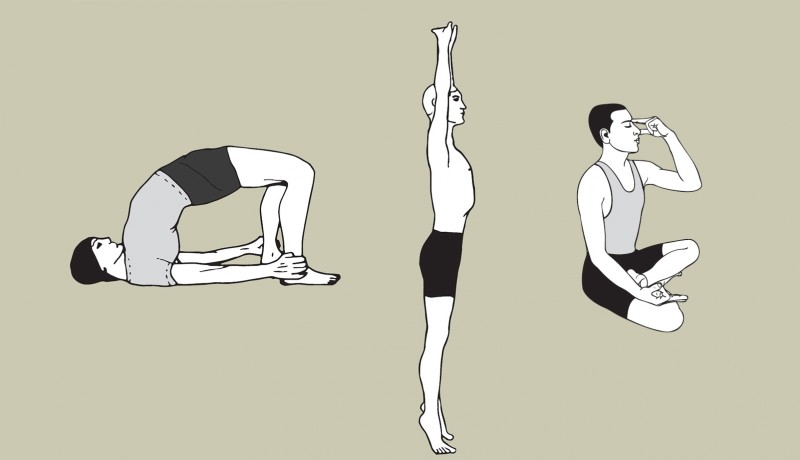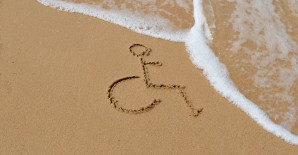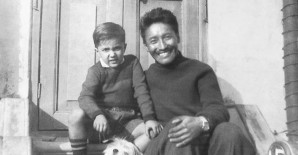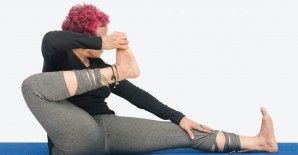
Columns

Yoga acharya Shameem Akthar shares poses to prop intense training
Yoga is complementary to any activity you choose. If you are an Indian classical dancer, it is likely you wear out your neck and knees faster than a normal, even sedentary person. Similarly, sportsmen may get tennis elbow and joint pain. Footballers tear their knees when they hustle the ball. In all such intense activity, yoga—which often goes by the term physiotherapy now!—offers preventive strengths and rehab. Similarly, it is important to include yoga in your regimen to prop any intense running activity you may do.
Though the jury is divided on stretching before or after intense running, those who make a habit of it will share experiential wisdom—that it does help prep the muscles for a run, and also allows cooling and relief from lactic acid build-up faster. In any case, unless you have a good stretching regimen, you will find your body getting stiffer. The suffering joints are usually the lumbar part of your spine, knees and ankles. Here are some yoga practices that will help runners.
Kandharasana (shoulder pose): Lie back. Fold your legs at the knees. Keep feet flat on the ground and closer to the hips. Stretch your arms towards the feet. If you are flexible, you can hold your ankles. Inhale; raise hips high. Exhale; drop hips down. Do this five times; increase stamina up to 30 in a few weeks. This works the entire back and irons out the stress from running. It also strengthens the legs while releasing the tension from them, powers the lungs, and boosts immunity. Often, after a marathon, it is not uncommon for those who are not well prepared to fall ill because the intense activity stresses the body and lays it open to infections.
Pranayama (breathing exercises): To build strength and stamina, you need to do regular pranayama. It will build on your lung capacity, offering a lot of respiratory support for the lungs. Kapalabhati (skull cleanser) and anulom vilom (alternate nostril breathing) are good practices here. For kapalabhati, sit in any meditative posture and exhale softly and rhythmically 10 to 30 times. You may increase it to 60 after a few weeks of practice. Do thrice. For anulom vilom, sit in any meditative posture and use the fingers of the right hand to open and shut the nostril. From the left nostril, inhale to four counts, retain for 16 counts and exhale for eight counts from the right nostril. From the right, inhale for four counts, hold your breath for 16 counts and exhale from the left for eight counts. This is one round. Do a few rounds initially building up practice to 10 over a few weeks.
Tadasana (palm tree pose): Stand with your feet a foot apart. Inhale; go up on your toes, interlocking fingers and extending them upwards towards the ceiling. Hold this raised pose for a few seconds while breathing normally. Then exhale, dropping your heels back to the ground. Do a few times. This is an ideal way to start or relax after any intense activity.
Featured in Harmony — Celebrate Age Magazine November 2017
you may also like to read
-
Mental workout
Mukul Sharma tells you how to keep those grey cells ticking Everyone will ultimately lose his or her brain….
-
Helpline
Dr Harshbir Rana answers your queries on personal and social issues related to ageing, elder care and intergenerational relationships ….
-
Off the cuff
Raju Mukherji pays tribute to his first hero, Tenzing Norgay, an exemplary mountaineer Darjeeling, 1955. Dr ‘Pahari’ Guha Mazumdar….
-
Yoga RX
Shameem Akthar shows ways to control debilitating ankle pain through regular practice Ankle pain is so common and prevalent….







